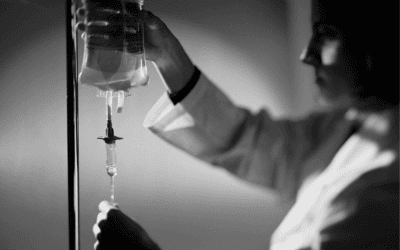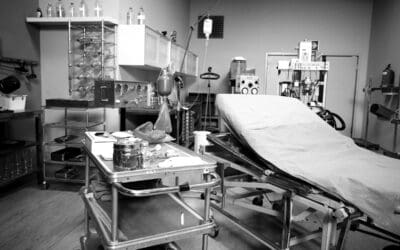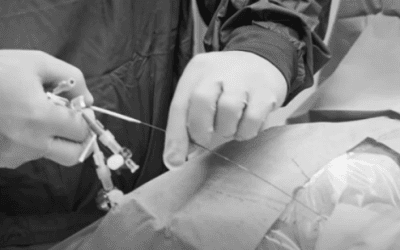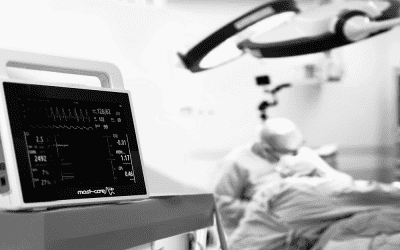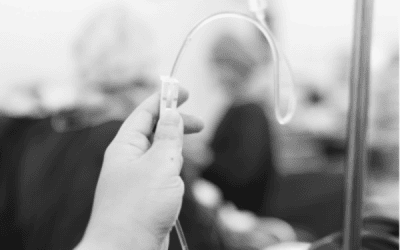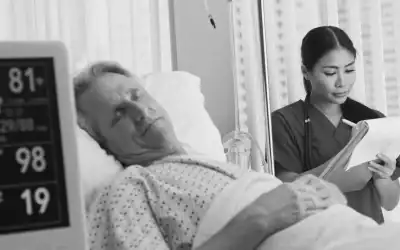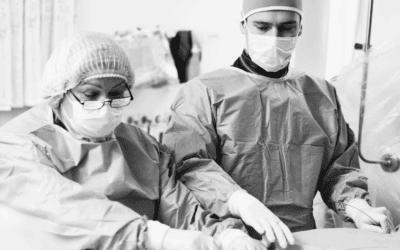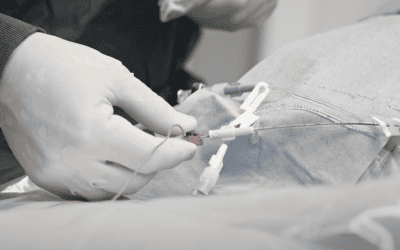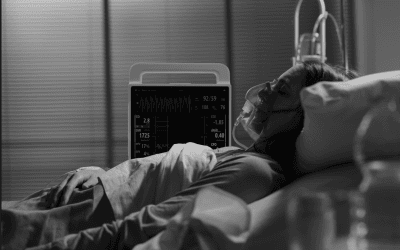By Prof. Ehrenfried SCHINDLER Haemodynamic monitoring is essential in paediatric peri-operative and critical care medicine, guiding adequate tissue perfusion and oxygen delivery in the most vulnerable patients. Although basic parameters in paediatric...
Anaesthesia and Intensive Care
Explore expert-led insights on anaesthesia and intensive care techniques. Enhance your skills with top healthcare professionals at Campus Vygon.
Vasopressor use after non-cardiac surgery: an international observational study
Post-operative hypotension is a common and clinically significant challenge, often linked to poor outcomes such as organ dysfunction, prolonged recovery, and increased mortality. Vasopressors are routinely used to manage this condition. Until recently, their use in...
Simulation in Haemodynamic Monitoring and Management
Haemodynamic monitoring and management are fundamental components of perioperative care. Accurate measurement and interpretation of advanced haemodynamic variables can guide clinical decisions and therapeutic interventions, ultimately enhancing patient...
Sepsis Identification and Management for Healthcare Professionals
Early identification of sepsis is critical for patient survival, yet it remains a significant challenge[1]. Nurses play a vital role in this process by routinely monitoring patients for signs of sepsis. This article highlights key aspects of identification and...
Going Green in Perioperative Haemodynamic Monitoring: A Sustainable Shift in Clinical Practice
Healthcare faces mounting challenges from climate change and rising operational costs. A significant portion of its carbon footprint stems from plastic waste, and the energy demands of departments such as operating theatres and intensive care units. To mitigate this,...
Septic shock resuscitation: fluids vs. early vasopressors? Five practical lessons from CLOVERS and recent evidence
Emergency and critical care teams face a recurring dilemma in early septic shock: How much fluid is enough, and when should we start vasopressors? Prolonged hypotension drives organ injury and mortality, but both fluid overload and delayed vasopressors can harm. The...
Fluids, Perfusion, and Lactate: A Unified Approach to Sepsis Resuscitation
Administering the right amount of fluids is crucial in sepsis and septic shock. In critically ill patients, the goal of intravenous fluid therapy is to increase cardiac output to improve both micro- and macro-circulation and tissue oxygen delivery (DO₂). However, in...
Central Venous Access in Cardiac Surgery: “Why use two, when one will do?”
In cardiac surgery, it is commonplace for Anaesthetists to place a sheath introducer, or pulmonary artery catheter, when high volume access is required, along with a standard 4-lumen/quad central venous catheter (CVC) for multi-drug delivery and haemodynamic...
3 benefits of using central venous catheters with rifampicin and miconazole
The proportion of patients who have a central venous catheter (CVC) inserted has increased over the years, so much so that 78% of patients admitted to intensive care units (ICU) in Europe have a CVC inserted.7 However, central venous catheter (CVC) placement...
Overview of the new 2025 ESAIC Guidelines on Intra-operative Haemodynamic Monitoring and Management of Adults Having Noncardiac Surgery
Introduction Intra-operative haemodynamic management is a cornerstone of safe and effective surgical care. The 2025 guidance from the European Society of Anaesthesiology and Intensive Care (ESAIC) provides updated, evidence-informed recommendations for clinicians...
Fluid Therapy: Navigating the Delicate Balance and Avoiding Overload
Fluid management is a cornerstone of patient care, particularly in critical conditions like septic shock. However, the line between adequate resuscitation and harmful fluid overload is often thin. Recognising the risks and implementing strategies to prevent fluid...
8 Complications That Can Occur During Arterial Cannulation
Arterial cannulation for continuous blood pressure monitoring is not a technique free from complications; most of the time, these are minor and do not pose a major problem for the patient, but in some cases, they can have serious consequences. Furthermore, in...
Cardiac Cycle Efficiency: Beyond Measurement, Toward Clinical Interpretation
Advanced Haemodynamic monitoring, particularly the ability to track stroke volume (SV) and cardiac output (CO), has significantly contributed to the refinement of anaesthesiologists’ expertise in Haemodynamic management. Beyond serving as cardiac output monitors,...
Keys to Central Venous Line (CVC) Maintenance
One in ten children with a central venous catheter (CVC) develops a device-associated bloodstream infection. 2 Want to know how to prevent bacteremia and central venous catheter-related infection? Dr. Paco Escribà, anaesthesiologist FEA Anaesthesiology for children,...
Cardiac Output Monitoring in Paediatric Intensive Care: Supporting Informed Decisions
Sepsis remains a critical threat to children, with septic shock frequently requiring admission to Paediatric Intensive Care Units (PICUs).1 Early and appropriate fluid resuscitation is paramount for improving outcomes and reducing mortality in these vulnerable...
ECG-Guided Central Venous Catheter (CVC) Tip Placement: A Safer, Faster, and Cost-Effective Alternative
Central venous catheters (CVCs) are essential tools in modern medicine, providing reliable vascular access for fluid administration, medication delivery, and haemodynamic monitoring. However, CVC insertion can be a resource intensive procedure with potential for...
The Benefits of Cardiac Output Monitoring for ICU Nurses
Nurses are the first clinical aid at the bedside, monitoring and responding to changes in patient conditions. Providing nurses with tools to make more informed decisions can significantly enhance patient care as early detection of preventable outcomes is crucial for...
Perioperative haemodynamic management made easy, affordable, and green
Haemodynamic instability frequently manifests during the perioperative course of high-risk surgical patients. This instability arises primarily during surgery due to the influence of anaesthetic agents on vascular tone, compounded by surgical bleeding. Post-surgery,...
3 keys to choosing the best haemodynamic monitor for our patients
Haemodynamic monitoring provides us with information on cardiovascular performance and has therefore become a fundamental tool in the diagnostic approach and therapeutic orientation. More and more devices are becoming available that allow us to carry out advanced...




